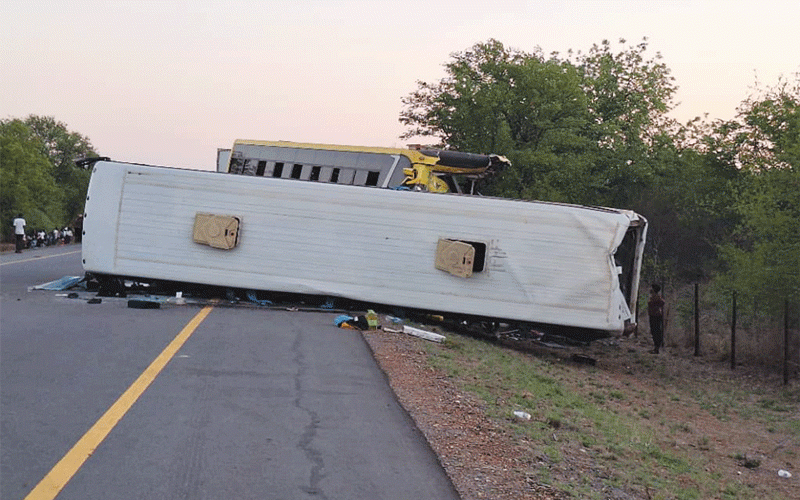
LONDON — In 2005, several of the centuries-old ponderosa pine trees on my 15 acres of forest in the northern Rocky Mountains in Montana suddenly died. I soon discovered they were being brought down by mountain pine beetles, pernicious killers the size of the eraser on a pencil that burrow into the tree.
The next year the number of dying trees grew exponentially. I felt powerless and grief-stricken as I saw these giant, sky-scraping trees fading all around me, realising there was nothing I could do to stop it.
While the native bugs were the proximate cause, the underlying reason for the unprecedented mortality in my home state and throughout the Rockies was that winters had stopped getting really cold. When I first moved to Montana in the late 1970s, temperatures of -34C or even below -40C were common in winter, sometimes for weeks at a time. The coldest temperature on record in Montana is –57C. These days wintertime minimum temperatures rarely get below -18C or so. If they do, it is usually just for a day or two. That’s not nearly cold enough to kill pine beetles, which make their own natural antifreeze.
Within three years, more than 90% of my forest had died. We hired loggers to cut the trees down and truck them to a factory, where they were pulped and turned into cardboard.
But it wasn’t just here. Trees were dying all over Western North America. British Columbia lost 80% of its mature lodge pole pine in 2006 and 2007 and has gone from being a carbon sink to a carbon source. Trees have continued to die across the West; a few years ago 129 million trees died in California.
The experience of watching my forest die sparked in me a renewed interest in what was happening to trees, both in Montana and globally. I began a now two decade-long inquiry into the lives, and deaths, of trees and forests.
Trees clean our water, affect our climate, provide wood for building and supply sources of food for us and many of the animals we eat. They even, somehow, seem to be connected to the stars. Yet we know astonishingly little about their role in our world.
We also lack knowledge about the genetics of trees: especially the effects on the gene pool of cutting down virtually all of the biggest, most robust trees for lumber over many centuries.—BBC
- Chamisa under fire over US$120K donation
- Mavhunga puts DeMbare into Chibuku quarterfinals
- Pension funds bet on Cabora Bassa oilfields
- Councils defy govt fire tender directive










